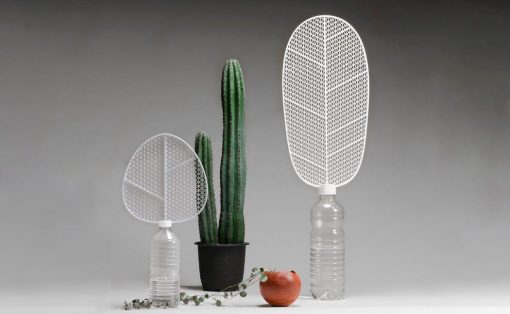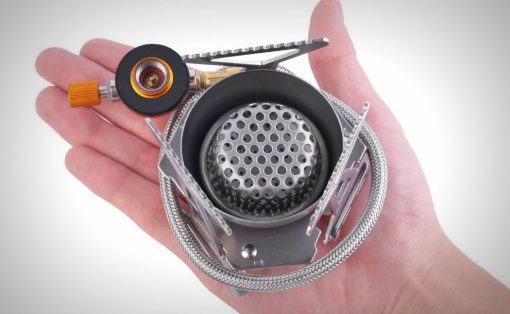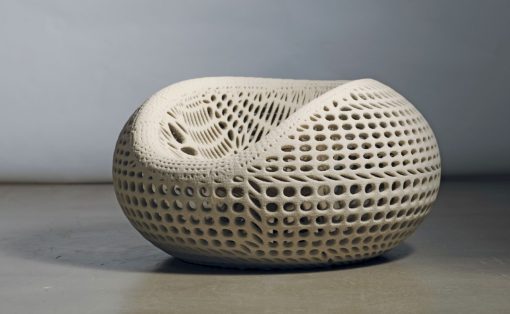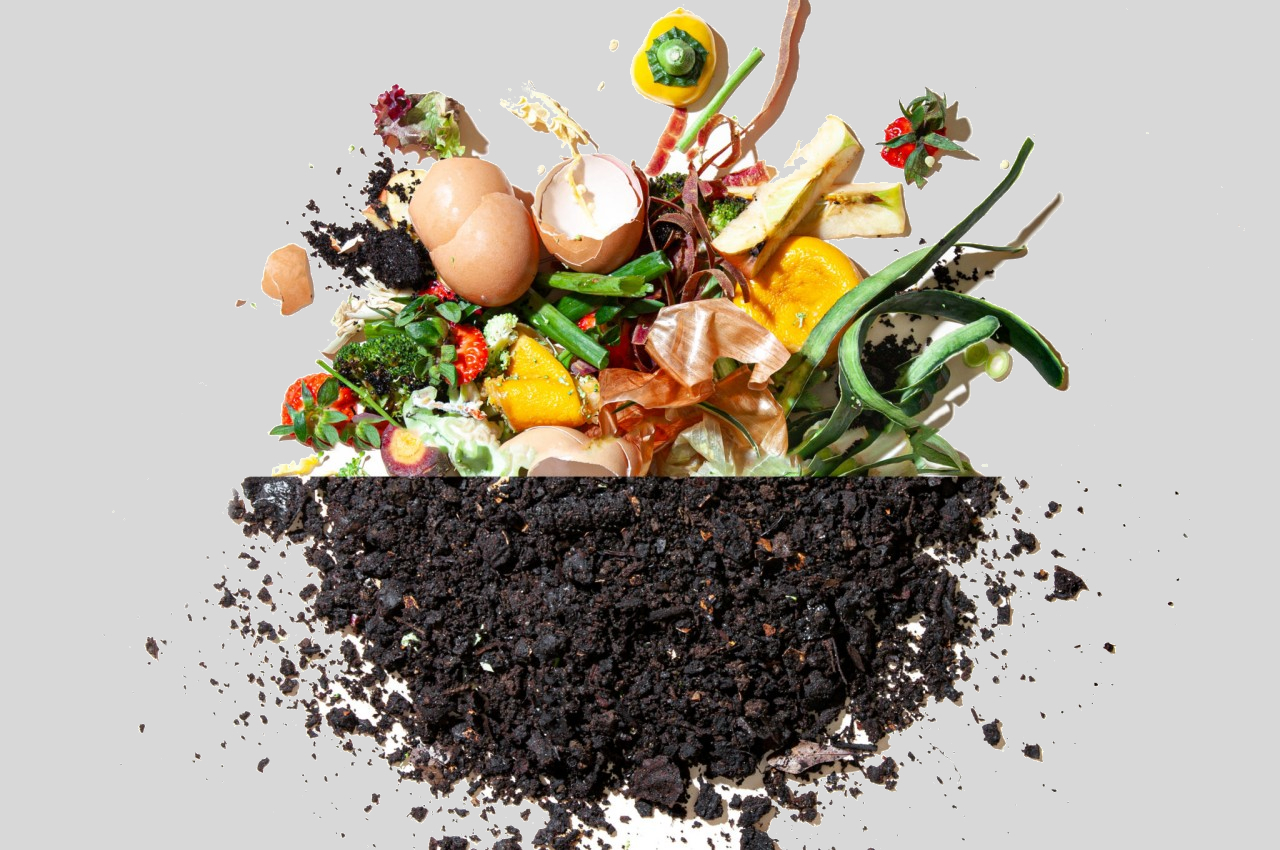
Composting is an aerobic procedure that requires oxygen and transforms organic substances into a nutrient-rich soil enhancer or mulch via the process of natural decomposition. Microorganisms consume materials in the compost pile, utilizing carbon and nitrogen for growth, water for digestion, and oxygen for respiration, resulting in compost—a dark, crumbly material with an earthy smell. Composting is nature’s method of recycling naturally, helping in reducing waste, combating climate change, and enhancing the quality of the soil. The biggest advantage is that one can compost kitchen food scraps along with dry leaves and woody debris from your yard at home.
Designer: Otis Oat
What are the benefits of composting?
• Composting allows one to recycle food scrap and manage waste more sustainably.
• It helps in reducing the volume of materials that may get disposed of in landfills or trash incinerators, thereby reducing the emission of powerful greenhouse gases.
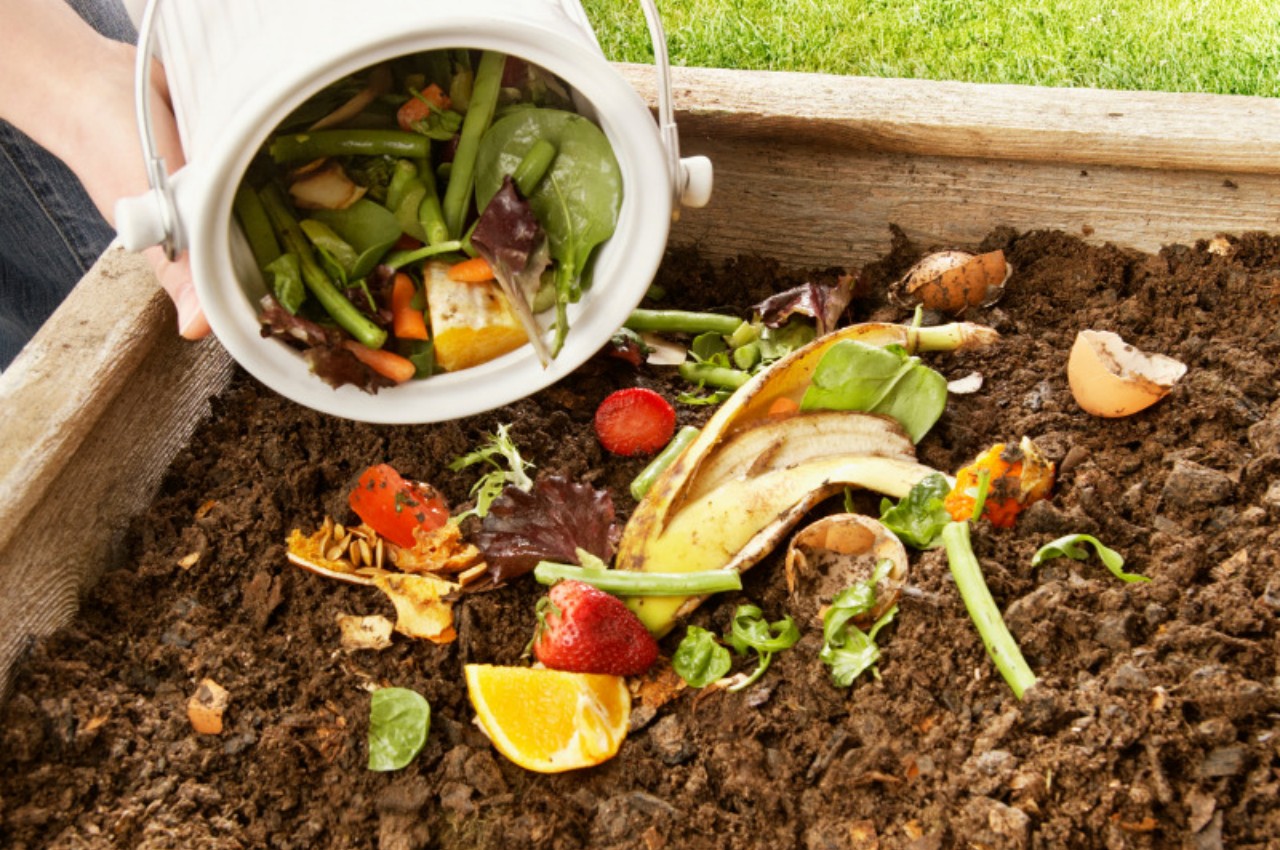
Designer: Homesteading Where You Are
• Composting requires minimal effort and is a cost-effective way to produce high-quality soil amendments while reducing the use of fertilizers and pesticides.
• Another advantage is that composting is that it creates nutrient-rich soil, prevents soil erosion, conserves water, and improves plant growth.
What are the different types of composting?
Composting can be broadly classified into backyard composting and vermicomposting.
Backyard Composting
Backyard composting includes carbon-rich materials or browns like dry leaves, twigs, plant stalks, nitrogen-rich materials, or greens like grass clippings and food scraps. Composting involves the presence of water and oxygen, where carbon-rich materials serve as food for microorganisms, and nitrogen-rich materials generate heat in the pile.
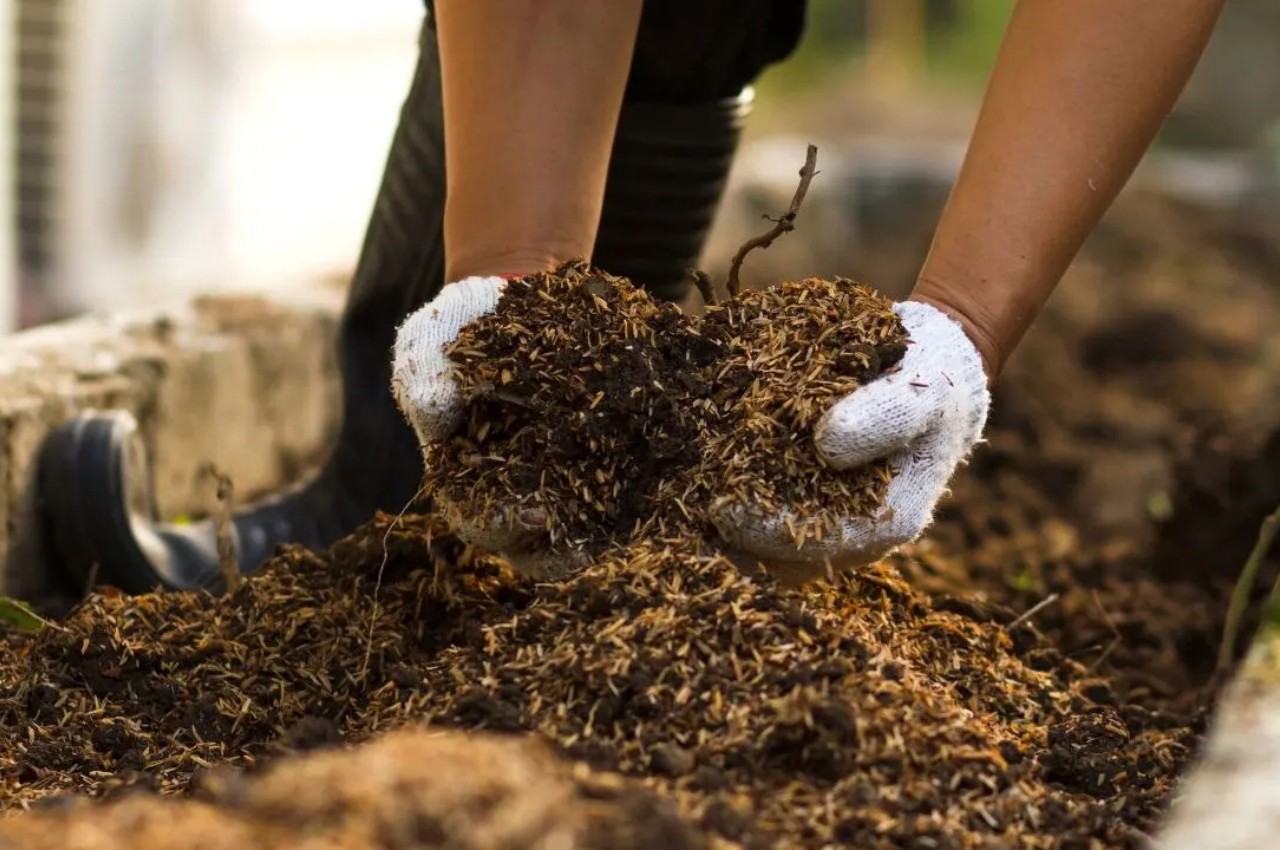
Image Source: Plantophiles
• For backyard composting, the first step is to decide on a method for gathering and storing browns outdoors and collect fruit and vegetable scraps in a sealed container either on your kitchen counter, under your sink, or in your fridge or freezer.
• Identify an accessible, well-draining space in your yard for a compost pile, and select a bin type, that can be constructed from materials like wire, wood, cinder blocks, or enclosed options such as barrels and tumblers.
• Chop and break down the browns and greens into smaller pieces before adding them to the pile to expedite the decomposition process.
• Construct the compost pile with a four- to six-inch layer of substantial browns, like twigs and wood chips, to absorb excess liquids, elevate the pile, and facilitate air circulation at the base. Follow by layering greens and, add a bit of water to moisten the pile. Note that the browns should be at least three times the greens.
• As the compost pile decomposes, the center temperature initially rises. One can speed up decomposition and aerate by turning and mixing the pile with a garden fork. Monitor moisture, odor, and temperature, adjusting as needed. Adjust the compost by moistening and turning if it’s too dry, adding browns and turning if there’s an odor, mixing in greens, and turning if it’s not heating up.
• Once your compost pile stops heating up and shows no visible food scraps after mixing, let it cure for at least four weeks, relocating the oldest compost if desired. Note that after curing, the pile will be reduced to about one-third.
• Well-maintained compost is ready in three to five months, looking dark, loose, and crumbly with a soil-like smell. Screen or sift the finished compost to remove undecomposed materials, such as twigs or fruit pits, and add them back to the active or new pile if desired.
• Well-constructed and properly maintained compost piles, whether in bins or open, should not attract pests or rodents. If using a bin, reinforce it with a lid and potentially a floor, ensuring no holes or gaps larger than ¼ inch. Cover and bury food scraps in the pile, and avoid adding meat, dairy, or greasy foods.
Vermicomposting
Vermicomposting employs specific earthworm species to enhance the organic waste conversion process, utilizing microorganisms and earthworms in a mesophilic environment. Earthworms consume organic materials, producing granular excrement known as vermicompost, which, in simple terms, improves soil’s biological, chemical, and physical properties. The earthworm’s digestive tract secretions aid in breaking down soil and organic matter, enriching the castings with readily available nutrients for plants. Various organic residues, including straw, husk, leaves, stalks, and livestock or poultry wastes, can be transformed into vermicompost, with earthworms reducing waste volume by 40–60 percent.
Types of Compost Bins
Here is a curated assortment of innovative compost bins.
1. Handheld Composting Machine
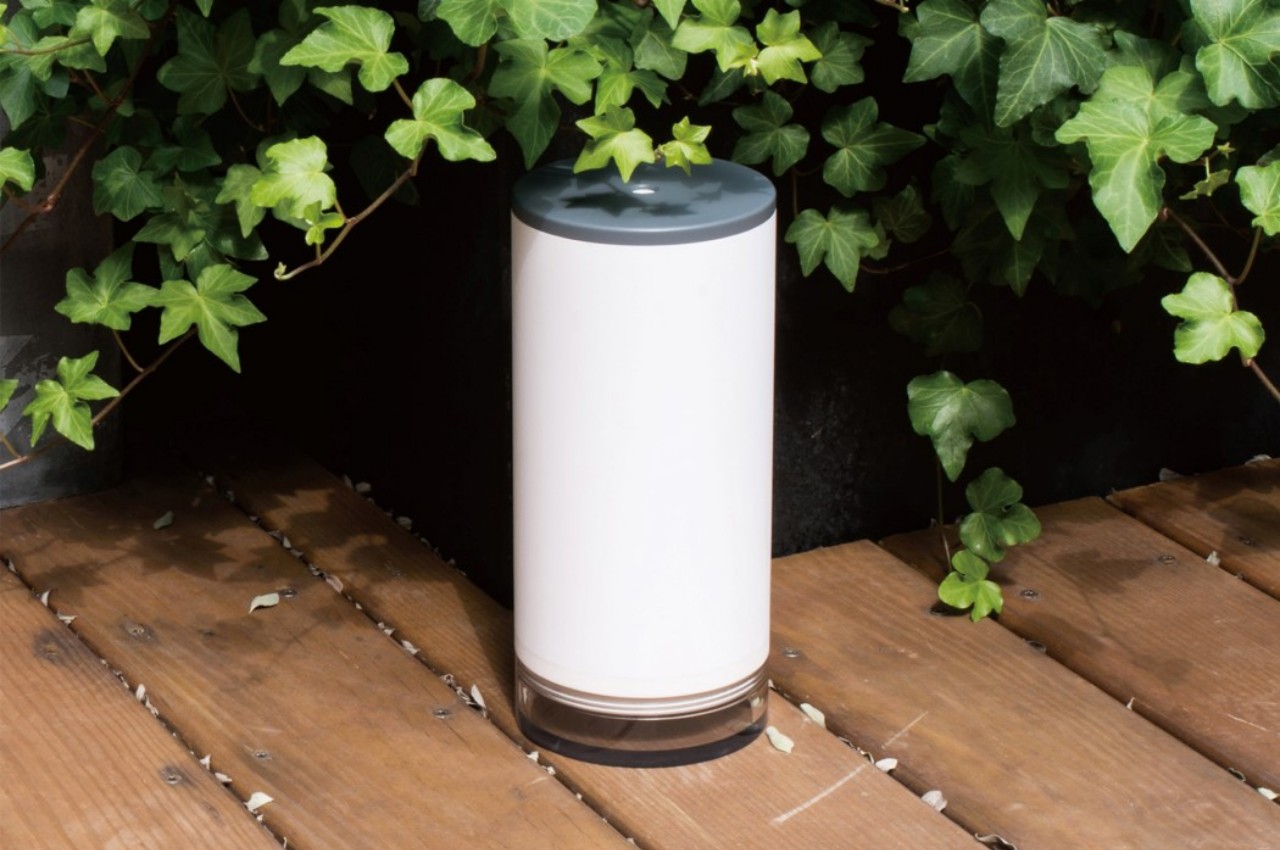
Designer: Shihcheng Chen
The ReGreen is a compact handheld device simulates the look of a miniature waste-disposal machine and incorporates an aluminum grinder that efficiently crushes and pulverizes waste while promoting quick biodegradation. The device features a top opening for waste input, a rotating arm that facilitates gentle pulverization and its base allows water drainage for compost drying. After waste is processed, one can introduce enzymes to speed up composting and convert organic waste into nutrient-rich compost.
2. Plant Cultivator and Compost Bin
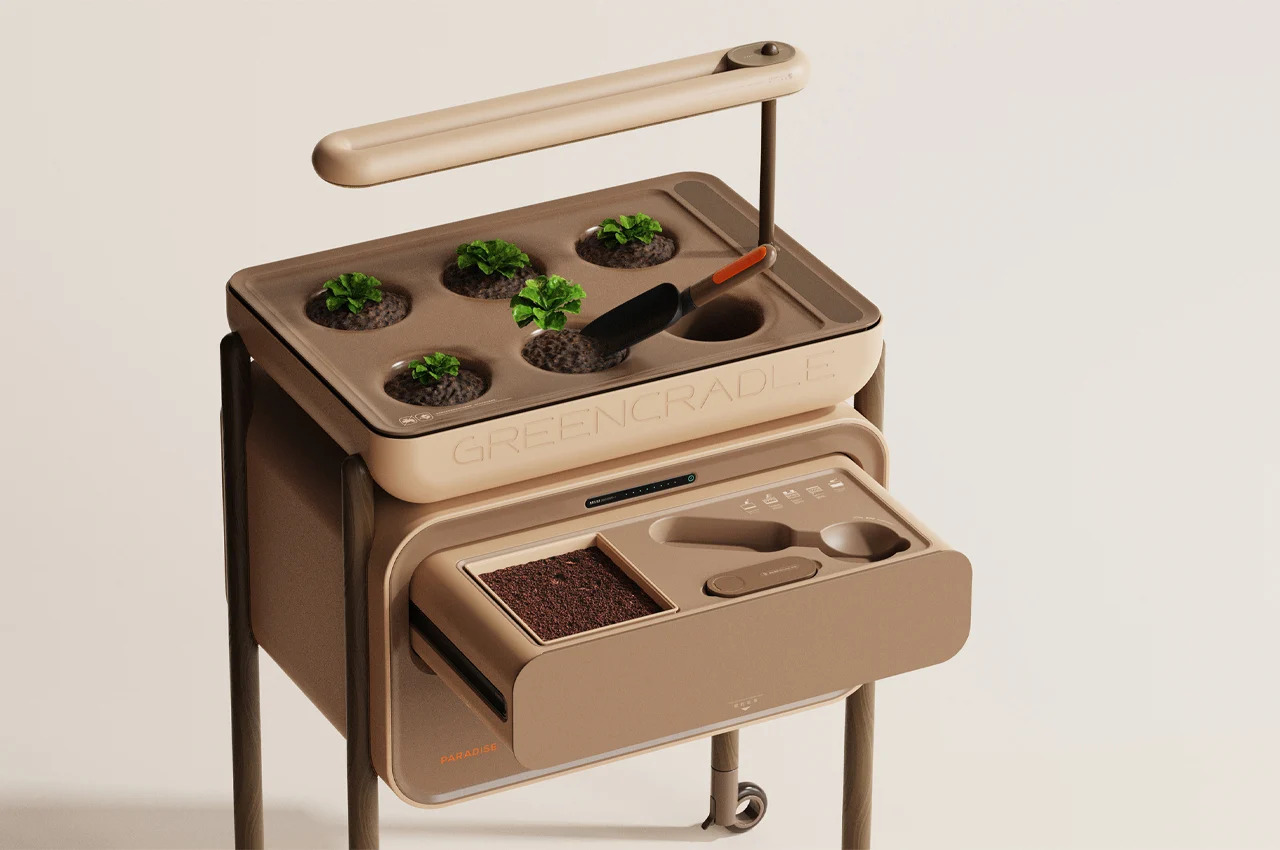
Designer: Robin Akira
Paradise is an automated plant cultivator and compost bin designed to decrease domestic waste via the use of integrated technology that notifies users about compost and plant care needs. Inspired by the pandemic-driven shift to home-centric living, designer Robin Akira created Paradise to integrate greenery into interior spaces while addressing the global rise in domestic waste with its composting features and odor-sealing lid.
3. Compost Bin cum Indoor Garden
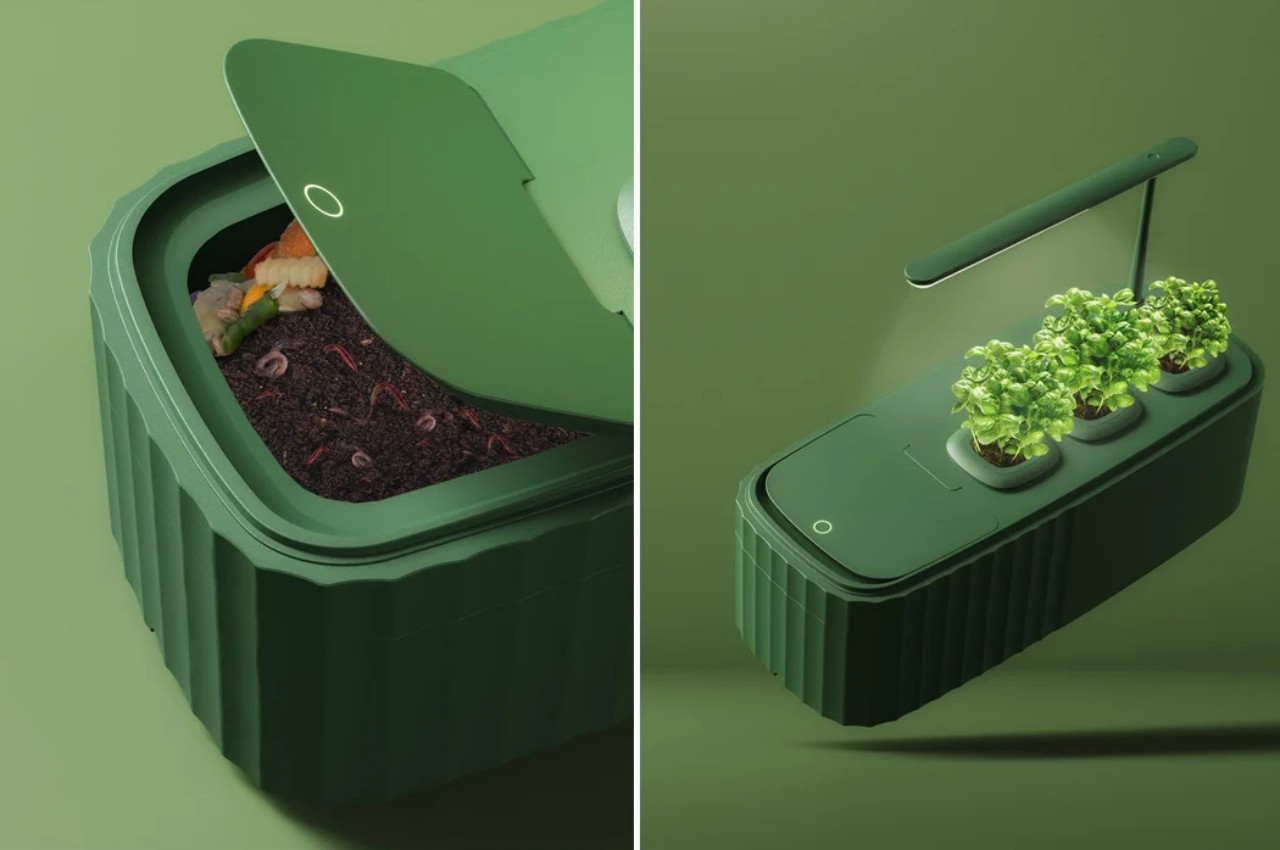
Designer: Chaozhi Lin
In a changing world where sustainability is a personal commitment, KAGURA, a self-sustaining indoor gardening system created by Chaozhi Lin, facilitates composting and vegetable cultivation. Consisting of a food waste container, elevated light structure, and three soil pots, KAGURA transforms scraps into compost, nourishing plants with an attractive, compact light fixture. Designed to fit any kitchen or living space, this system caters to environmentally conscious individuals in urban settings, addressing the challenge of limited yard space and making sustainable living feasible for city homes.
4. Compost Sleek Bin
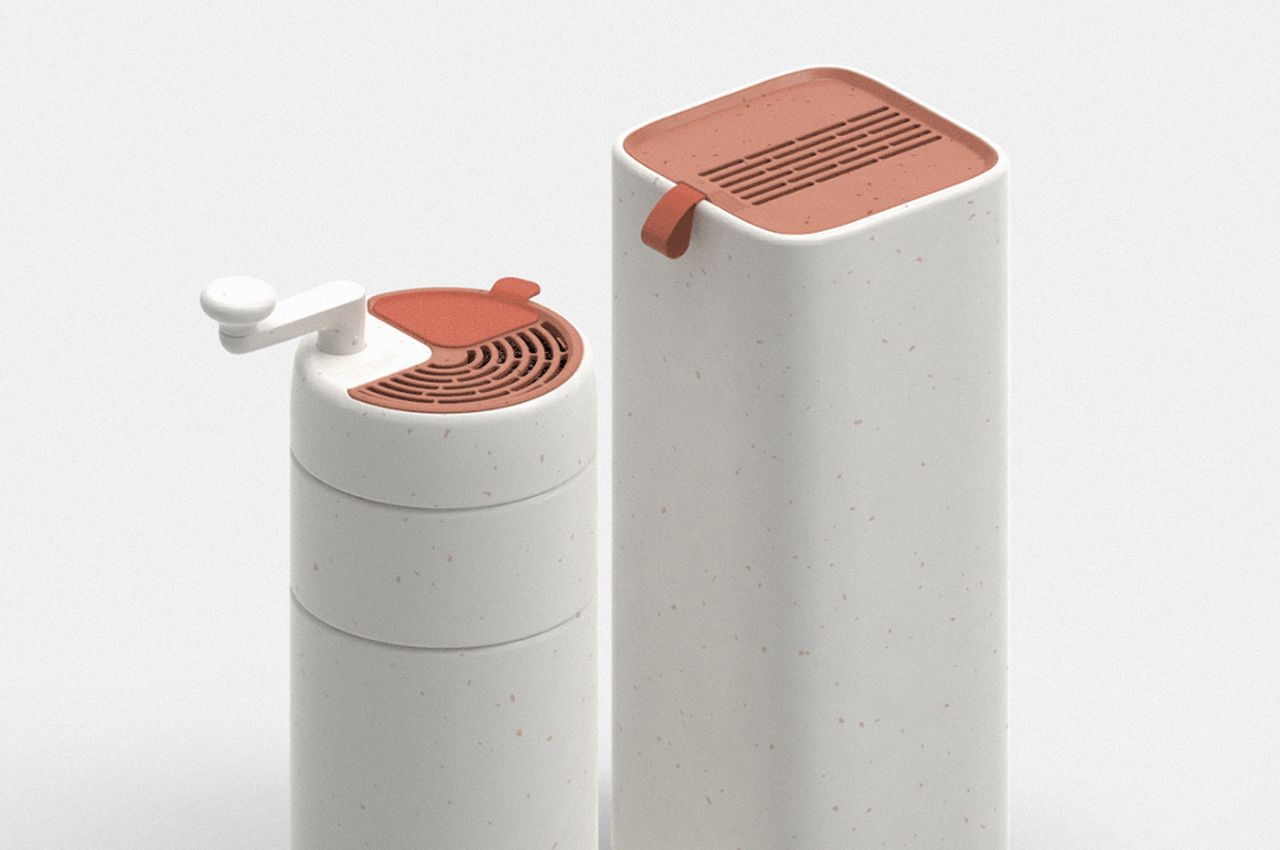
Designer: Alp Çakın
Homepost, an innovative composting station, addresses waste challenges in office environments by accelerating the composting process, containing odors, and providing additional storage space. Its efficient design allows for the transformation of diverse organic waste, including plastics, paper, nutshells, teabags, coffee grounds, fruit and vegetable scraps, and eggshells. The system’s environmentally friendly construction, made from sustainable green polyethylene, absorbs carbon dioxide during production. Featuring a rotating arm for easy transportation, Homepost’s modules nest efficiently for minimal space occupancy during transit.
5. Composting Machine
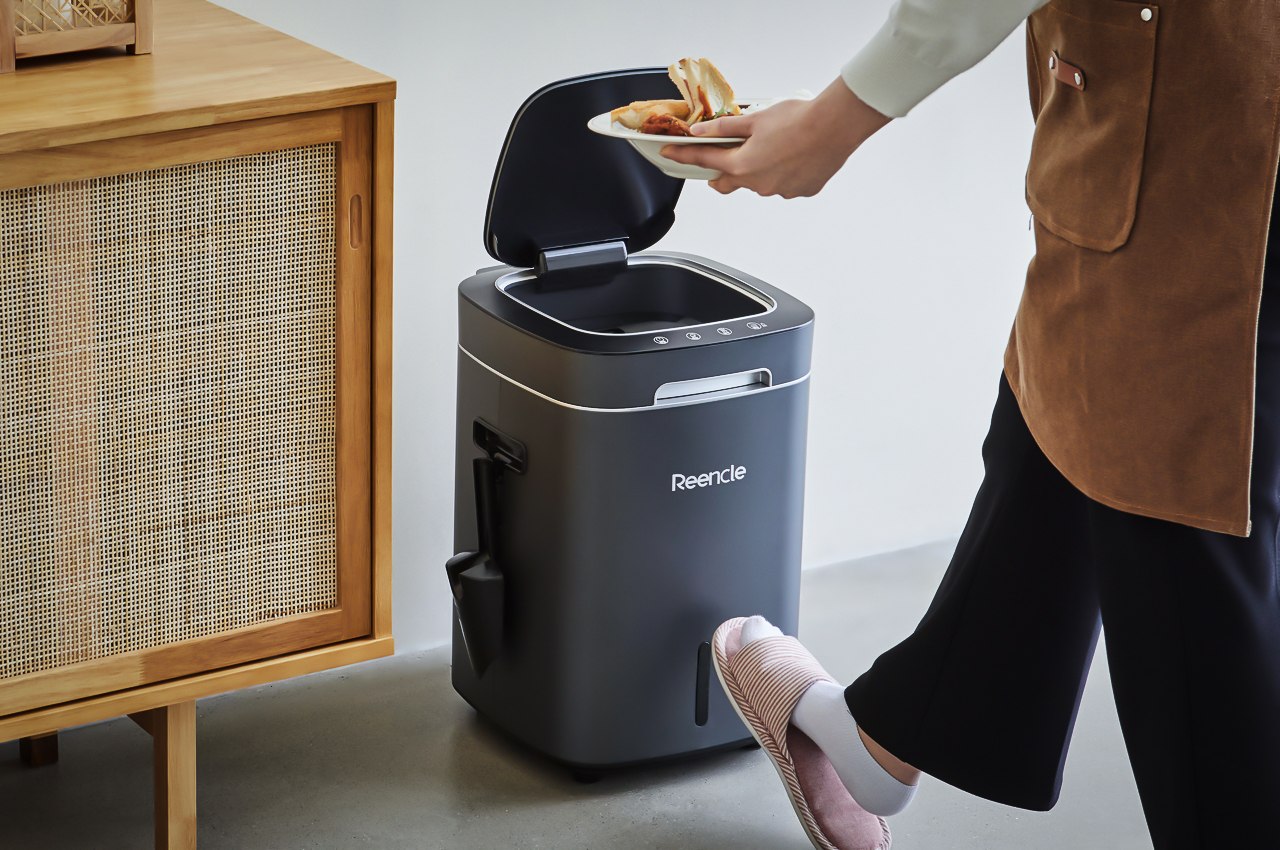
Designer: Jinhwi Bang
Reencle tackles the escalating food waste issue in the USA by efficiently breaking down household food-prep waste, bones, peels, leftovers, and expired products into compost within 24 hours. Roughly the size of a trash bin, Reencle features an automatic opening lid and a control panel, with microorganisms inside its chamber facilitating the composting process. The mechanical churning system reduces waste volume through vigorous mixing, and any emissions are filtered to release trace amounts of water vapor and clean air. This at-home solution transforms food waste into nutrient-rich compost for gardens or disposal, mitigating environmental harm caused by landfill decomposition.
6. Stainless Steel Compost Bin
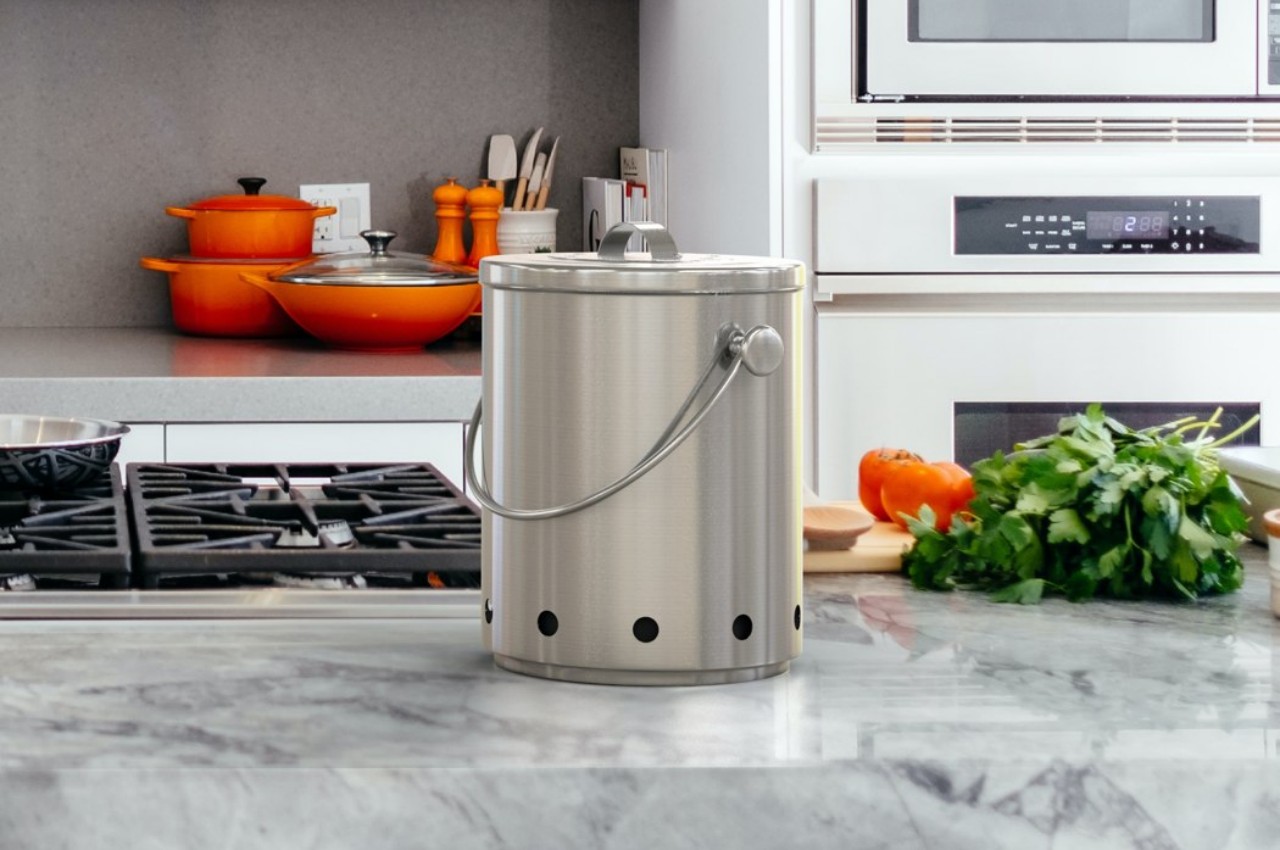
Designer: Adrian Moro
Kamoro’s Compost Bin is crafted with a streamlined airflow design that both dries out waste and provides essential oxygen for microbial survival, ensuring the effortless cultivation of a healthy compost batch. Its double-walled construction consists of an outer stainless-steel container and an inner plastic bucket. The stainless-steel container incorporates a perforated base to establish an airflow pattern, and an activated carbon filter on top effectively filters outgoing air, reducing any odors generated during the organic breakdown process.




